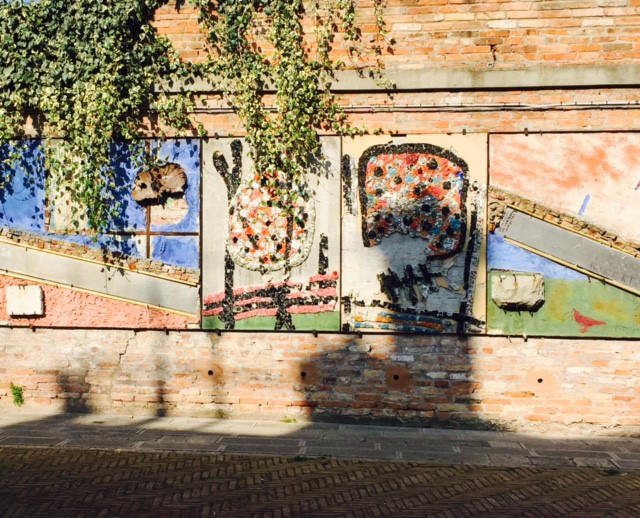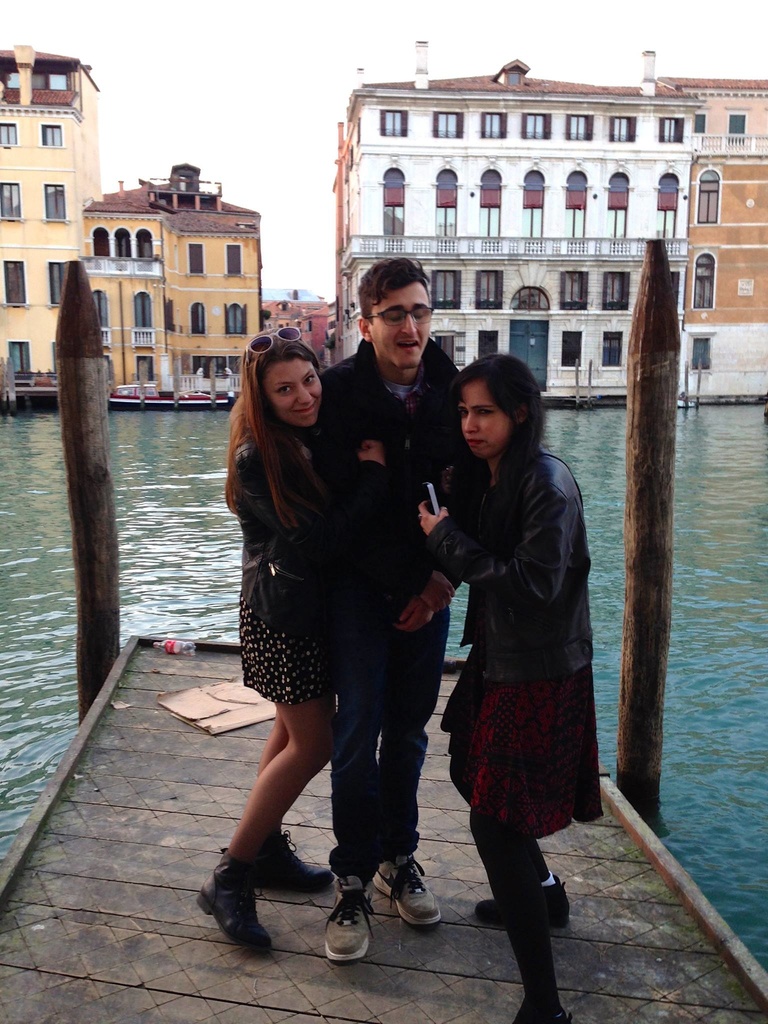
"Standing by the Grand Canal, I had no idea how to approach a city so overrun by tourism every day."
By Elena Bruess*
In a swell of glinting green canals and cobblestoned curving streets, Venice is a natural attraction. For decades, this small northern city has been a place for travel for many Italians as well as tourists from all over the world.
As if for fear of a disappearing city, an estimated 47.7 million people venture to Venice a year—about 200,000 in a summer day. Areas like Piazza San Marco with the grand Basilica di San Marco are covered from corner to corner with swinging selfie sticks, tour groups, and flashing iPhones.
Most restaurants have a tourist menu complete with English, French, Spanish, and German sections. Always posing for the camera in the most traditional ways, each Gondola driver is equipped with ready answers for the curious passengers. With years of practice, Venice does tourism perfectly.
Yet there’s something missing: a problem, really. Prevalent in Rome, in Pisa, in Florence, in Milan, in most popular Italian cities, there is something the Snapchats don’t capture.
Where are we? Really?
Standing by the Grand Canal, I had no idea how to approach a city so overrun by tourism every day. With just less than two days in Venice, time could not be wasted. Plans had to be made, places mapped out, and stomachs fed—all the while keeping everyone in our small group satisfied. There were only eight of us, but the number mattered when no one could decide plans. The streets started to crowd and the stress began to rise. Venice: the most confusing city vs. eight exhausted students. So we did what seemed to make literally no sense. We got lost.

Elena and friends on a dock in Venice.
No maps. No directions. No idea. Just us and the swerving Venetian streets.
We walked until our feet felt like hell and our bodies ached. We walked through piazza’s, around churches, over bridges—all day with no clue of what we would find. We left the crowded San Marco behind and found this unreal quiet Venice with creepy puppet shops and colorfully aggressive graffiti.
We squeezed through tiny alleyways and ran into about five dead ends. We talked to other travelers looking for any sign of understanding this new world. An amusement park, one said. Maybe, I think, one terrifying and beautiful and confusing amusement park complete with unnerving masks and about three thousand canals. By the end of the day, we sat with our feet dangling over the water feeling somewhat closer to each other—connected to the city and our one day constantly between two canals and a church.
To travel is actually ridiculous. For a few days, you are somewhere completely estranged from what you are used to. Trying to take every moment in and making the scene last. For one second the entire city of Venice is in your grasp and then it’s gone in a flash. There are always talks of coming back, but of course no one really knows for sure. Really, all you can do is accept the place you are and the people you are with. Accept the time you have. And get lost.
*Elena is a junior from Iowa City, IA majoring in nonfiction creative writing and international relations at the University of Iowa. She is currently studying abroad on the USAC Program in Torino, Italy.